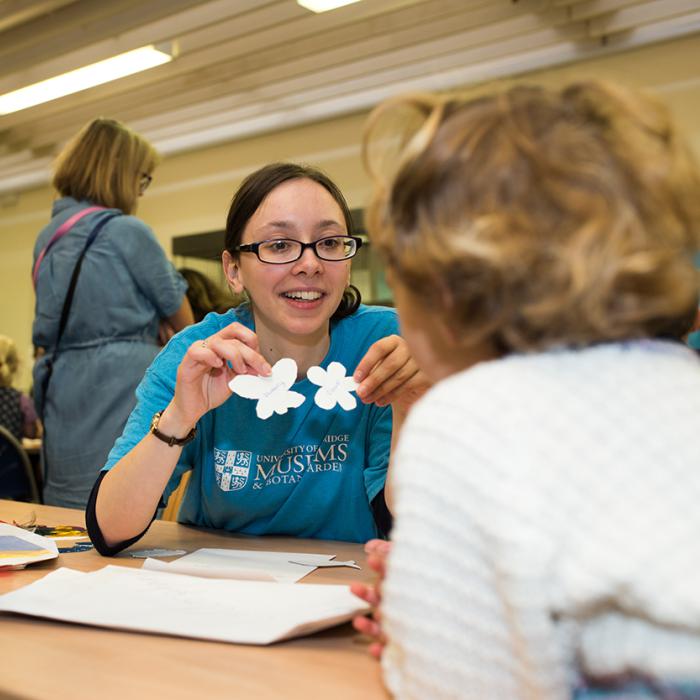Claudia Myatt is one of the eight artists featured in the Polar Museum's Painting the Poles temporary exhibition.
Claudia Myatt is one of the eight artists featured in the Polar Museum's Painting the Poles temporary exhibition.
Lesley Burr is one of the eight artists featured in the Polar Museum's Painting the Poles temporary exhibition. In 2019 she was appointed the Friends of the Scott Polar Research Institute Artist in Residence and went on a journey to the Arctic.
Lesley Burr is one of the eight artists featured in the Polar Museum's Painting the Poles temporary exhibition. In 2019 she was appointed the Friends of the Scott Polar Research Institute Artist in Residence and went on a journey to the Arctic.
Physics & Glass is the Whipple Museum's tribute to the art of the scientific glassblower. Glass is one of the most important materials in the history of physics, and this new display features some of the highlights of the Whipple's collection of intricate, beautiful glassware, much of it originally made and used at the Cavendish Laboratory of Experimental Physics in the late 19th and early 20th century.
Discover the forerunners to our modern X-ray machines, neon lights and TV screens, and explore the stories of the craftsmen who hand-made them.
This discussion will explore Another Chance Encounter, a new exhibition by one of the UK’s most renowned and celebrated contemporary artists will present new paintings, a special installation made in collaboration with Magda Stawarska and ‘interventions’ in the Kettle’s Yard house.
Drawing on examples from personal archives and intimate experiences that are hard to contain within art’s histories, as well as fabricated narratives within feminist and institutional collections, this workshop provides an opportunity to explore material from the Women’s Art Library alongside participants’ personal stories.
In an essay about Sophie Gaudier-Brzeska, Jim Ede admitted his difficulty representing the story of her life when writing his biography of her partner, collection artist Henri Gaudier-Brzeska– whose works formed the start of Ede’s collection and make up a large part of the permanent displays at Kettle’s Yard today.
Dr Dorothy Price is Professor of Modern and Contemporary Art and Critical Race Art History and Deputy Director and Executive Dean (elect) at The Courtauld Institute of Art and a Fellow of The British Academy. She has published a number of essays on the work of Lubaina Himid. The discussion will accompany the current exhibition Lubaina Himid with Magda Stawarska: Another Chance Encounter.
Join us for art, music, talks, making and more, with a chance to see our exhibition Lubaina Himid with Magda Stawarska: Another Chance Encounter out of hours. This new exhibition by one of the UK’s most renowned and celebrated contemporary artists in collaboration with Magda Stawarska will present new paintings, and ‘interventions’ in the Kettle’s Yard house.

